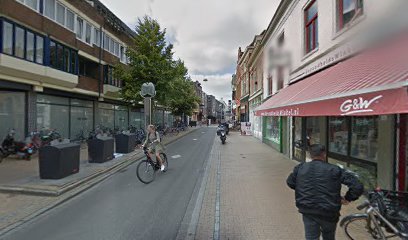
The Medieval Fortress of Noordlaren: A Glimpse into History
Explore the medieval fortress of Noordlaren, built in the 1400s, and immerse yourself in the rich history and stunning architecture of the Netherlands.
Discover the rich history of Noordlaren as you explore the medieval fortress built around 1400 by Bishop Frederik van Blankenheim. This remarkable site is a must-visit for history enthusiasts and tourists alike.
A brief summary to Middeleeuws verdedigingswerk, gebouwd rond 1400 door de bisschop van Utrecht, Frederik van Blankenheim
- Noordlaren, NL
- Visit website
Local tips
- Visit during the golden hour for the best lighting for photography.
- Check for any local events or guided tours to enhance your experience.
- Wear comfortable shoes as you may want to explore the surrounding area.
Getting There
-
Car
If you're traveling by car, head towards Noordlaren from wherever you are in Drenthe. Use the A28 highway and take the exit towards Haren/Noordlaren. Follow the signs for Noordlaren, and once you enter the village, look for signs leading to the historical site. Parking is available nearby, but check for any parking fees which may apply.
-
Public Transportation
To reach Noordlaren via public transportation, start by taking a train to the nearest station, which is Haren. From Haren station, take bus line 7 towards Zuidlaren. Disembark at the stop labelled 'Noordlaren'. From the bus stop, it's a short walk to the Middeleeuws verdedigingswerk site. Please verify the bus schedule as it may vary, and ensure you have a valid ticket which can be purchased at the station or via a mobile app.
-
Walking
If you are already in Noordlaren, the site is accessible on foot. From the center of Noordlaren, head in the direction of the local park and follow the path towards the outskirts where the historical site is located. It is approximately a 15-minute walk.
Discover more about Middeleeuws verdedigingswerk, gebouwd rond 1400 door de bisschop van Utrecht, Frederik van Blankenheim
Iconic landmarks you can’t miss
Middeleeuws verdedigingswerk, gebouwd rond 1400 door de bisschop van Utrecht, Frederik van Blankenheim
0.0 km
Explore the medieval fortress of Noordlaren, built in the 1400s, and immerse yourself in the rich history and stunning architecture of the Netherlands.
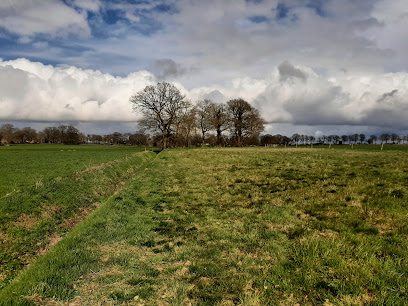
Onnerpolder
3.4 km
Experience the serene landscapes and diverse wildlife at Onnerpolder, a tranquil nature preserve in the heart of the Netherlands.
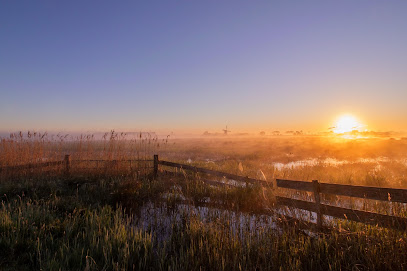
Sprookjeshof Zuidlaren
4.2 km
Experience the magic of Sprookjeshof Zuidlaren, where fairy tales come alive in a whimsical playground for children and families.
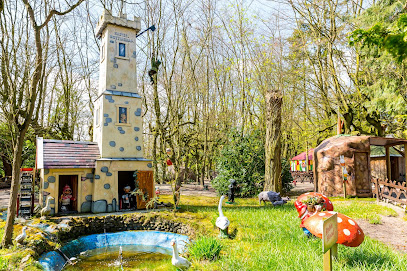
Stadsmarkering Groningen S01 'GATE TOWER CLIO'
7.9 km
Experience the striking Gate Tower Clio in Groningen, a contemporary sculpture that blends art with the urban landscape, inviting exploration and inspiration.
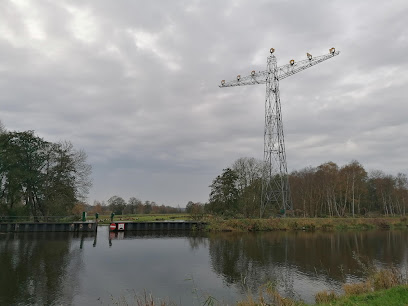
Uitkijktoren Onlanden
8.9 km
Discover breathtaking views and serene landscapes at Uitkijktoren Onlanden, an exceptional observation tower in the heart of Peize, Netherlands.

Scholtenskoepel
10.4 km
Explore the Scholtenskoepel, a stunning monument in Groningen that showcases the rich cultural heritage and artistic legacy of the Netherlands.
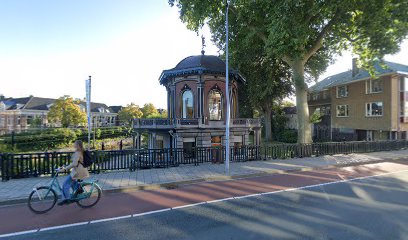
Sculptuur Werkman-monument
10.8 km
Discover the Sculptuur Werkman-monument in Groningen, a stunning tribute to the renowned artist that enriches the cultural landscape of the city.
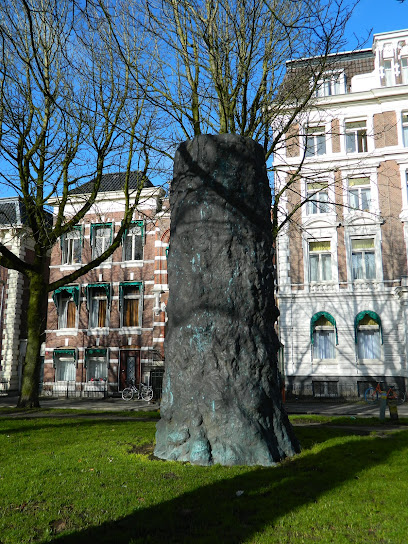
Jozef Israëlsmonument
10.8 km
Discover the Jozef Israëlsmonument in Groningen, a stunning sculpture dedicated to the Dutch artist that blends history and art in a picturesque setting.
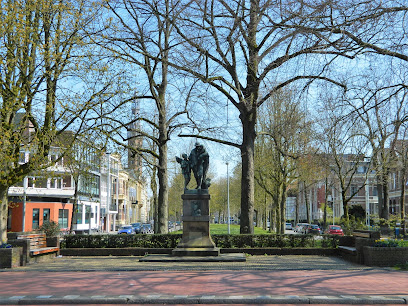
Tschumipaviljoen
10.8 km
Explore contemporary art in the stunning Tschumipaviljoen, a must-visit gallery in Groningen showcasing innovative exhibitions and vibrant creativity.
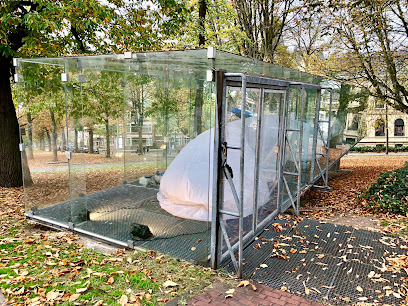
Voormalig stadspoort - Het Klein Poortje, Groningen
10.8 km
Discover the historic charm of The Klein Poortje, Groningen's iconic medieval city gate, surrounded by vibrant streets and rich culture.
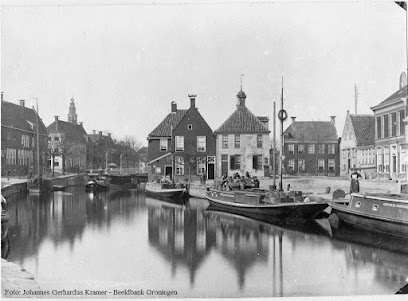
Sint Anthony Gasthuis
10.9 km
Explore the historic Sint Anthony Gasthuis in Groningen, a stunning blend of Gothic and Renaissance architecture set in tranquil gardens.
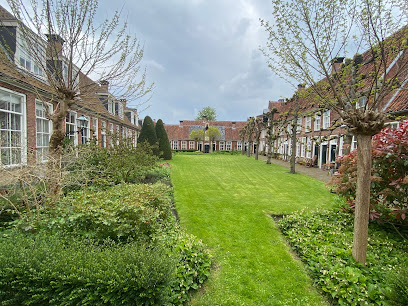
Groninger Archieven
11.0 km
Explore the rich history of Groningen at Groninger Archieven, where centuries of culture come alive through fascinating exhibits and artifacts.

Korenbeurs
11.3 km
Explore Korenbeurs, a historic monument in Groningen that showcases the city’s rich trading heritage and architectural beauty.
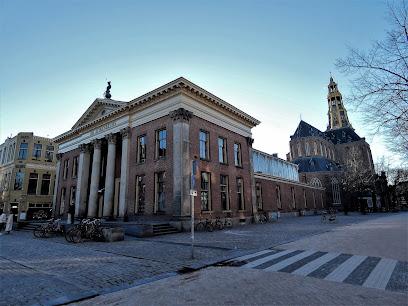
Stadsmarkering Groningen S03 'A WALK ALONG THE BORDER'
11.5 km
Explore the captivating fusion of art and nature at Stadsmarkering Groningen S03, where contemporary sculptures adorn the scenic landscape.
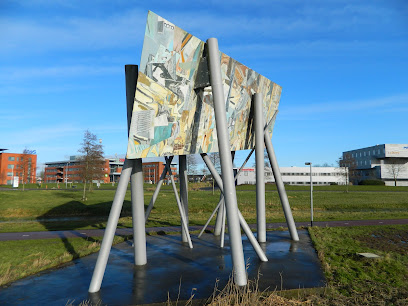
hartjegroningen.nl
11.5 km
Explore the vibrant culture and rich history of Groningen, a Dutch city filled with stunning architecture, lively atmosphere, and delightful culinary experiences.
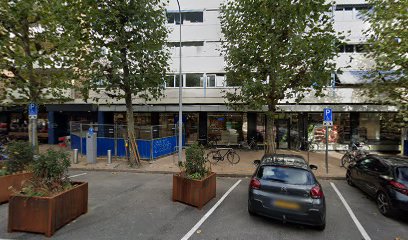
Unmissable attractions to see
Museum Vosbergen
4.5 km
Explore rich history and vibrant culture at Museum Vosbergen, a unique gem in Eelde blending art, history, and live performances.
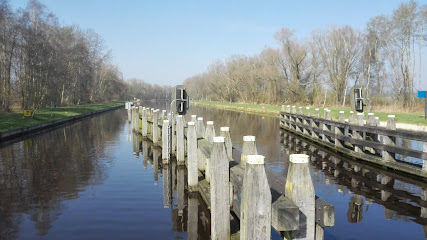
Nationaal beek- en esdorpenlandschap Drentsche Aa
5.3 km
Explore the enchanting landscapes and rich heritage of the Drentsche Aa National Reserve, a must-visit destination for nature lovers and adventurers.
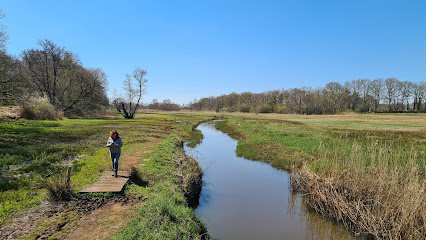
International Klompenmuseum
5.7 km
Explore the unique heritage of the Netherlands at the International Klompenmuseum, where wooden shoe craftsmanship comes to life in a delightful setting.
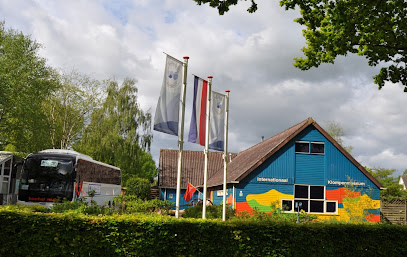
Museum De Buitenplaats Eelde
5.9 km
Experience the harmonious blend of modern art and serene gardens at Museum De Buitenplaats in Eelde, a hidden gem for art lovers.
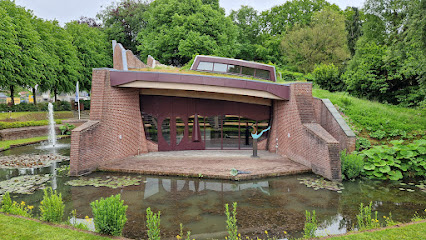
Vennebroek
6.0 km
Explore the enchanting landscapes and diverse ecosystems at Vennebroek, a premier hiking destination in Paterswolde, Netherlands.
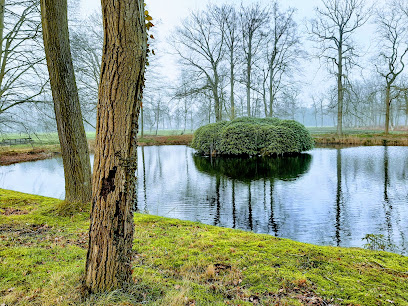
Haren Hortus Botanicus
6.6 km
Explore the diverse beauty of Haren Hortus Botanicus, a botanical garden in the Netherlands featuring stunning plant collections and peaceful landscapes.
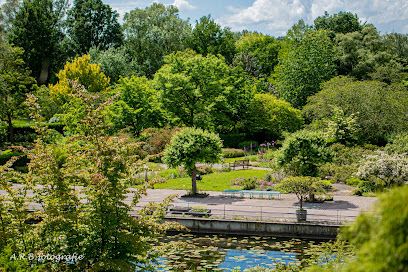
Het Veen
6.9 km
Experience the tranquil beauty of Het Veen, a breathtaking lake in the Netherlands, perfect for nature lovers and outdoor enthusiasts alike.
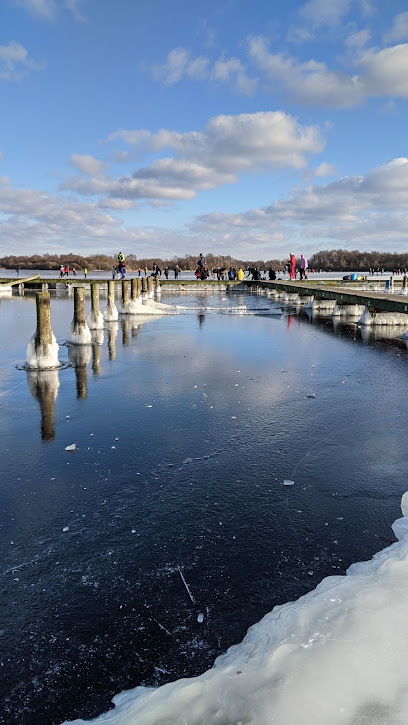
De Helper
7.3 km
Discover the beauty and history of De Helper, a stunning windmill in Haren, Netherlands, showcasing Dutch culture and scenic landscapes.
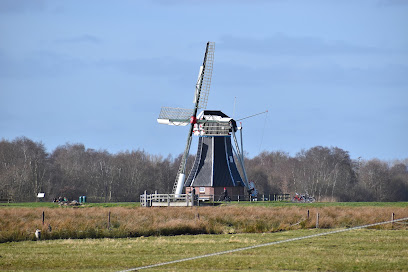
Hoornsemeer
8.4 km
Experience the serene beauty of Hoornsemeer, a stunning lake in the Netherlands perfect for relaxation, outdoor activities, and picturesque landscapes.
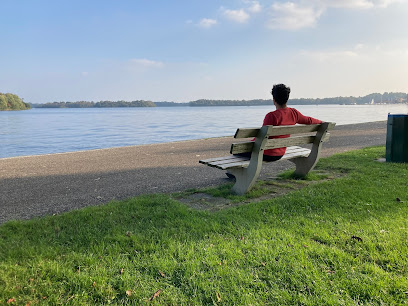
Teuntje de Slak - Supexperience
8.6 km
Experience the thrill of surfing and vibrant events at Teuntje de Slak, a unique destination in Haren, perfect for adventure seekers and event planners.

Hall of Fame Graffiti Gideonbrug
8.6 km
Explore the Hall of Fame Graffiti Gideonbrug in Groningen, a vibrant open-air gallery showcasing stunning murals and the talent of street artists.
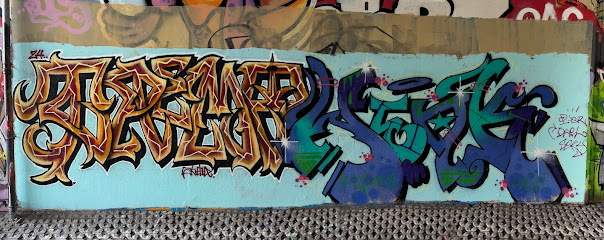
Wall House # 2
8.9 km
Discover the architectural brilliance of Wall House #2 in Groningen, a museum that fuses art and modern design in a serene park setting.
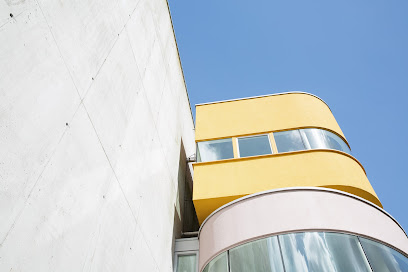
De Steiger
9.0 km
Discover the tranquil beauty of De Steiger, a picturesque tourist attraction in Groningen's Stadsparkwijk, perfect for relaxation and exploration.
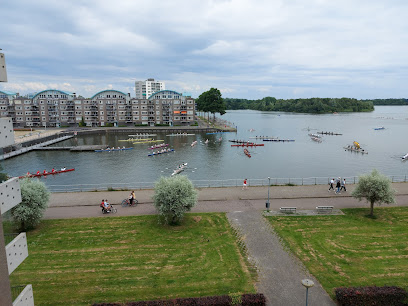
Hoornse Park
9.5 km
Discover the natural beauty of Hoornse Park in Groningen, a perfect blend of tranquility and recreation amidst vibrant landscapes and serene lakes.
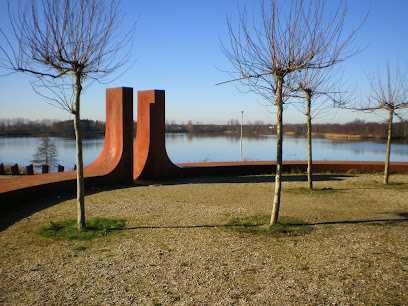
Muziekkoepel Sterrebos Groningen
9.7 km
Discover the enchanting Muziekkoepel Sterrebos in Groningen, where live music and natural beauty create an unforgettable cultural experience.
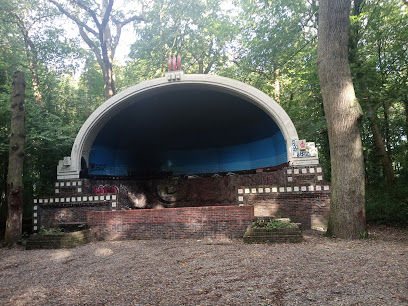
Essential places to dine
De Vlindertuin
4.5 km
Discover exquisite dining at De Vlindertuin in Zuidlaren - where culinary artistry meets nature's beauty.

De Drentsche Aa
6.2 km
Experience authentic Dutch cuisine in the heart of nature at De Drentsche Aa Restaurant, where culinary excellence meets breathtaking landscapes.
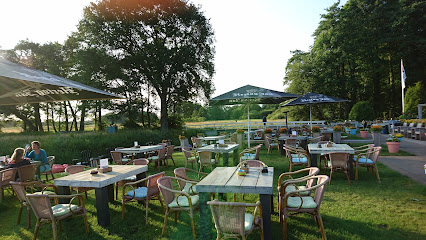
Restaurant Paviljoen Duinoord
6.7 km
Experience exquisite modern European cuisine at Restaurant Paviljoen Duinoord in Zeegse – perfect for family meals and special occasions.
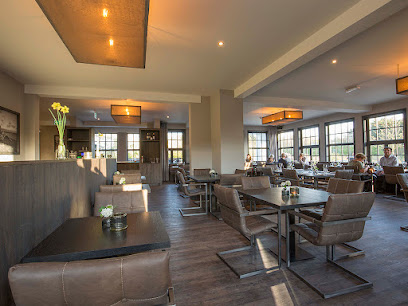
De Vriezerbrug
6.8 km
Experience authentic Dutch flavors at De Vriezerbrug in Tynaarlo – where culinary excellence meets warm hospitality.
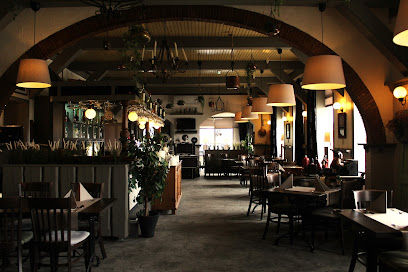
Restaurant Bisque
9.1 km
Experience culinary excellence at Restaurant Bisque in Groningen—where innovative seafood dishes meet a warm and inviting atmosphere.
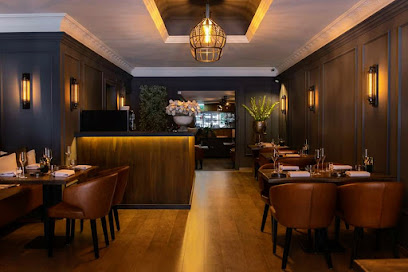
Restaurant Graansilo Eten & Drinken
10.7 km
Experience exquisite Dutch cuisine at Restaurant Graansilo Eten & Drinken in Groningen—where local flavors meet artistic presentation.

Gastrobar Houdt Van Eten
10.9 km
Discover the exquisite flavors at Gastrobar Houdt Van Eten in Groningen - where Asian meets Mediterranean cuisine for an unforgettable dining experience.
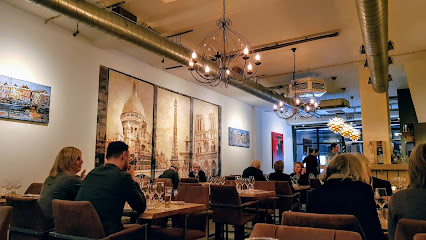
Fatoush
11.0 km
Discover the rich flavors of authentic Lebanese cuisine at Fatoush in Groningen – a culinary journey you won't forget.
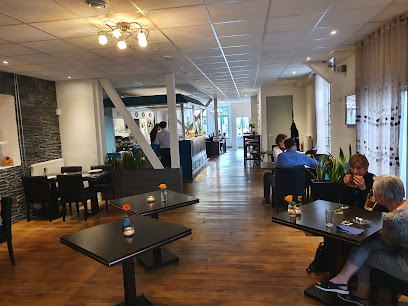
Restaurant WEEVA
11.0 km
Experience the best of Dutch cuisine at Restaurant WEEVA in Groningen – where every meal tells a story.
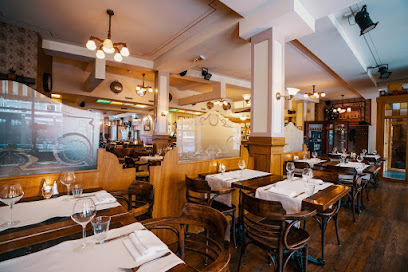
Traiterie en Ouzerie De Olijfboom
11.0 km
Experience authentic Greek flavors and delightful vegan dishes at Traiterie en Ouzerie De Olijfboom in Groningen.
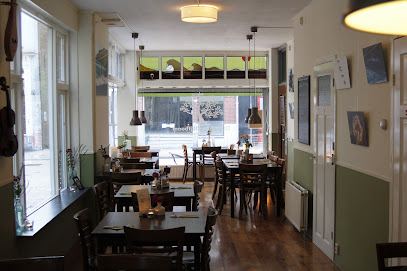
Restaurant Boccaccio
11.0 km
Experience authentic Italian cuisine in the heart of Groningen at Restaurant Boccaccio - where every meal is a celebration of flavor.
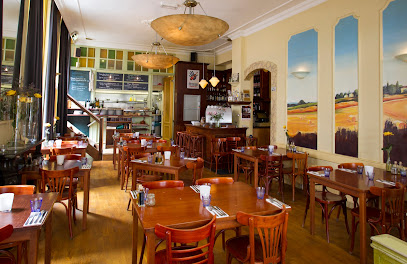
Wadapartja
11.0 km
Experience the best brunch in Groningen at Wadapartja - where delicious flavors meet cozy ambiance in the heart of the city.
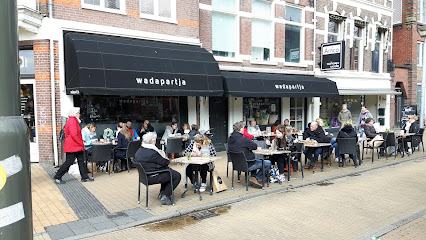
Restaurant & Brasserie Groen
11.1 km
Discover the exquisite flavors of Groningen at Restaurant & Brasserie Groen, where local ingredients meet culinary artistry in an inviting atmosphere.
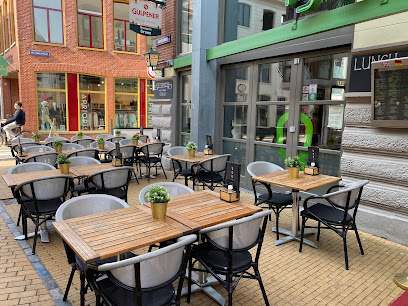
Restaurant M
11.1 km
Discover contemporary Dutch cuisine at Restaurant M in Groningen, where local ingredients meet innovative culinary artistry.
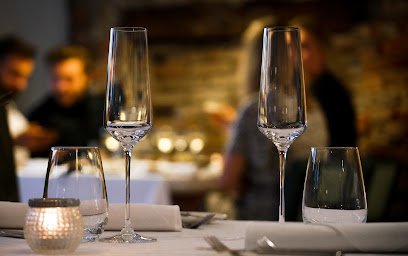
De Betere Tijden
11.1 km
Experience exquisite Dutch cuisine at De Betere Tijden, a culinary haven in Groningen offering delightful dishes and an inviting atmosphere.
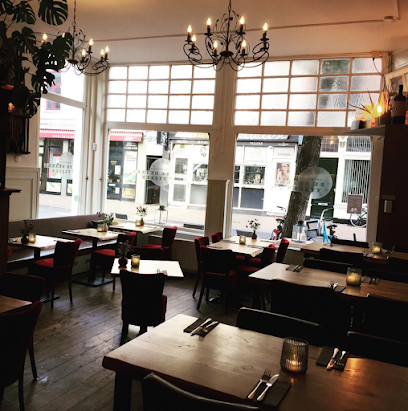
Markets, malls and hidden boutiques
Winkelcentrum d'Anloop
9.3 km
Discover Winkelcentrum d'Anloop in Annen, a premier shopping destination offering diverse retail options and delightful dining experiences.
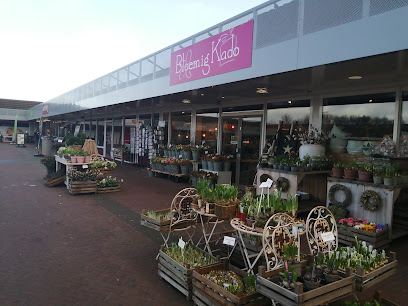
Bij de Tijd - Midcentury design XXL store
9.7 km
Explore Bij de Tijd in Groningen for exquisite midcentury furniture and décor, where timeless design meets modern living.
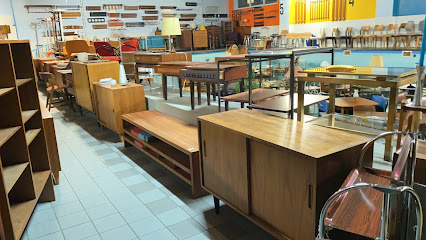
Cedon Museum Shops GmbH
10.8 km
Explore the Cedon Museum Shops in Groningen for unique gifts that capture the essence of local art and culture.
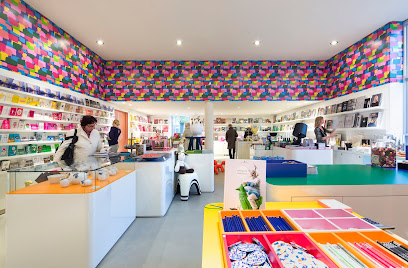
Red Sea Store
11.0 km
Discover unique shopping experiences at the Red Sea Store in Groningen, where local culture and vibrant products come together.
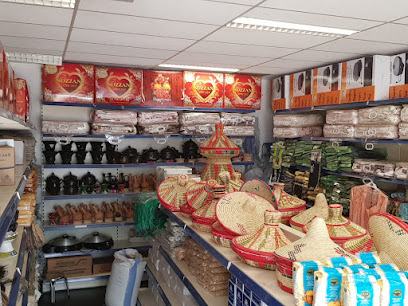
G-Star RAW Store
11.1 km
Explore the stylish G-Star RAW Store in Groningen for premium denim and unique fashion accessories, reflecting contemporary trends and sustainability.
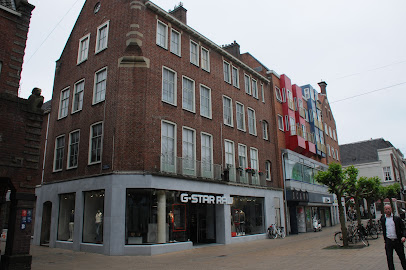
Stardust
11.1 km
Explore Stardust in Groningen for a unique shopping experience filled with local treasures and eclectic finds.

Russian Specialties Vyatka
11.1 km
Experience the essence of Russian culture with authentic specialties, unique gifts, and delightful treats at Russian Specialties Vyatka in Groningen.
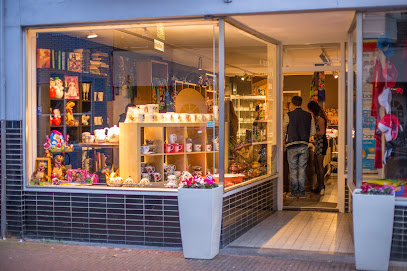
ReShare STORE Groningen
11.1 km
Explore sustainable fashion in Groningen at ReShare STORE, where pre-loved clothing meets unique style and eco-conscious shopping.

Zara
11.2 km
Discover contemporary fashion at Zara in Groningen, where style meets affordability in a vibrant shopping atmosphere.

Your Fashion Finds
11.2 km
Discover unique fashion and lifestyle treasures at Your Fashion Finds, a charming boutique in the heart of Groningen, perfect for all style enthusiasts.

Goodz for fashion
11.2 km
Discover contemporary women's fashion at Goodz for Fashion in Groningen, where style meets quality in a chic shopping experience.
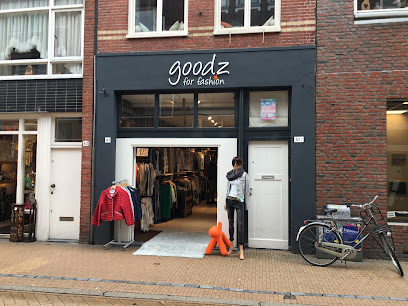
KOKOTOKO
11.2 km
Discover KOKOTOKO in Groningen: Where fashion meets sustainability in a unique shopping experience.

Het KadoCafe
11.2 km
Explore Het KadoCafe: Groningen's enchanting gift shop and tea haven, where unique souvenirs and calming teas await your discovery.
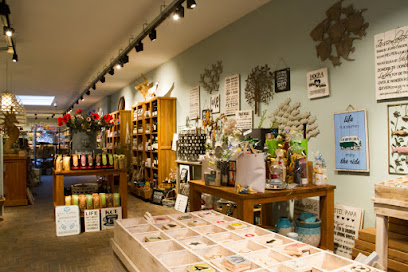
Trends & Presents
11.2 km
Explore the charm of Groningen at Trends & Presents, your go-to gift shop for unique souvenirs and local crafts.

My Jewellery | Sieraden- en Kleding | Groningen
11.2 km
Explore the charm of My Jewellery in Groningen, where fashion meets unique gifts in a stylish shopping experience.
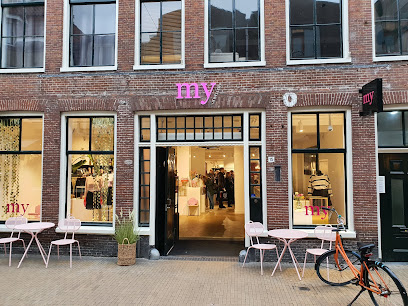
Essential bars & hidden hideouts
Herberg de Fazant
9.0 km
Discover Herberg de Fazant, where rustic charm meets exquisite dining in the heart of Oudemolen, Netherlands.

Café the Crown
11.0 km
Experience the cozy ambiance and local flavors at Café the Crown, a premier pub in the heart of Groningen.
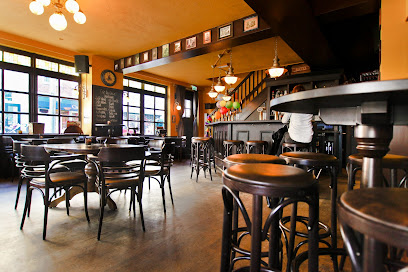
O'Ceallaigh Traditional Music Bar
11.0 km
Discover the charm of Irish hospitality at O'Ceallaigh Traditional Music Bar in Groningen, where live music and authentic cuisine await.
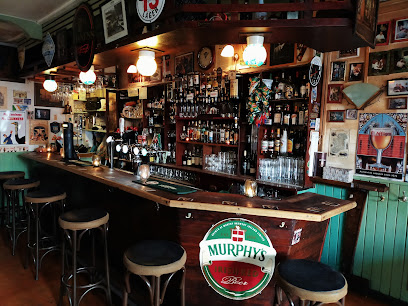
Don Juan
11.0 km
Experience the essence of Spain in Groningen at Don Juan, where every dish is a celebration of authentic Spanish cuisine.

The Cabin
11.0 km
Experience the inviting ambiance of The Cabin in Groningen, a perfect blend of bar, café, and restaurant with an impressive cocktail selection.

Chaplin's Pub
11.0 km
Discover the warmth and vibrancy of Chaplin's Pub, a beloved Irish bar in Groningen offering great drinks, delicious food, and lively entertainment.
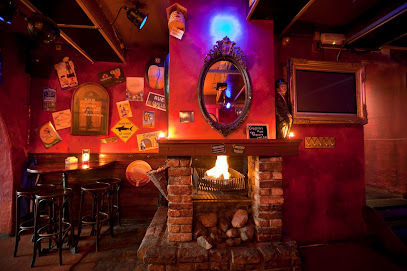
Pitchers Bar Groningen
11.1 km
Immerse yourself in the vibrant nightlife of Groningen at Pitchers Bar, a lively venue with a friendly atmosphere and a diverse drink selection.

Dorst!?
11.2 km
Experience the vibrant nightlife at Dorst!?, a top bar in Groningen known for great drinks, music, and a lively atmosphere until dawn.

Chupitos Shooter bar
11.2 km
Experience Groningen's vibrant nightlife at Chupitos Shooter Bar, home to an array of creative shooter cocktails in a lively atmosphere.
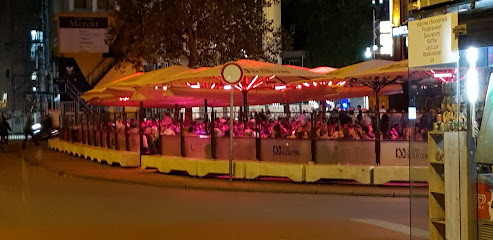
The Stockroom
11.2 km
Discover The Stockroom in Groningen: A Stylish Cocktail Bar Offering Unique Drinks and a Vibrant Atmosphere.
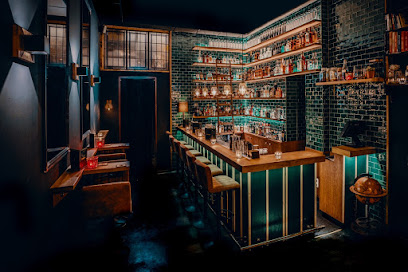
Society Walrus
11.2 km
Discover the lively Society Walrus in Groningen, a bar and live music venue offering great drinks and unforgettable entertainment.
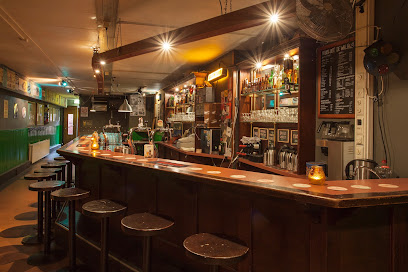
Café Sisling
11.2 km
Discover the vibrant nightlife at Café Sisling, Groningen's premier cocktail bar, where every sip is a celebration of flavor and fun.

Cilinder
11.2 km
Discover Cilinder, a cozy bistro bar in Groningen with an impressive drink selection and a vibrant atmosphere perfect for tourists and locals alike.

Partycafe de Doos
11.3 km
Discover Groningen's nightlife at Partycafe de Doos, a vibrant bar and event venue known for its electrifying atmosphere and late-night entertainment.
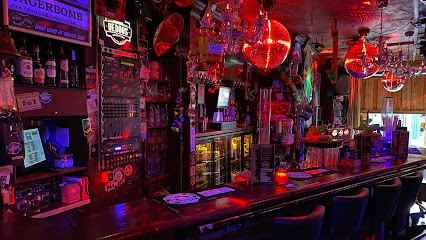
Coyote's Bar
11.3 km
Discover the lively Coyote's Bar in Groningen, where vibrant atmospheres and delicious drinks create unforgettable nights out.
